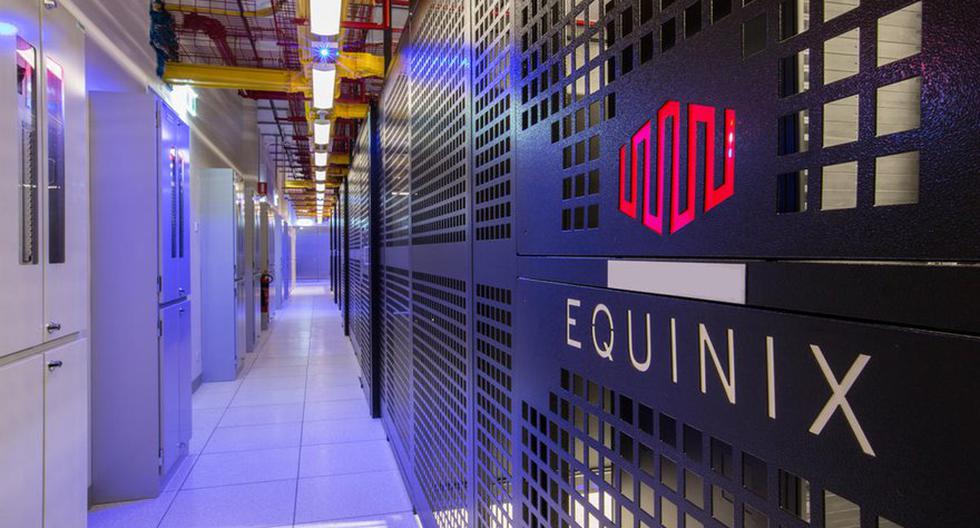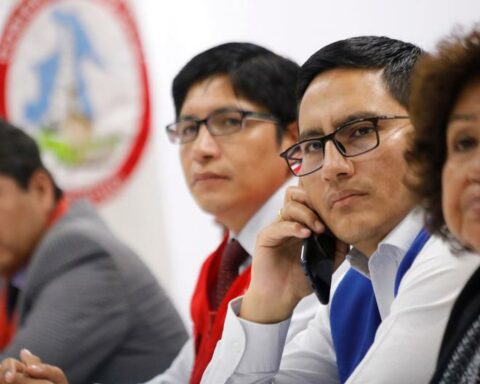Today, the success of a company means investing in digital technologies to enter new markets, engage customers in unprecedented ways, and explore new business approaches. In reality, it is about reversing the traditional business model: transforming it from isolated and fixed to an integrated and dynamic one. New ways of sharing digital business are now possible, thanks to advanced digital ecosystems that enable entirely new levels of growth and ROI, because in the digital age the leaders who control the market have the best virtual integration, where they assemble and manage the largest network of product and service providers.
Digital ecosystems bring what are known as network effects. By integrating with virtual environments, companies can build business models from services and capabilities that can be easily swapped based on business needs or new technologies. Adapting to change (such as the global COVID-19 pandemic) is no longer the same as taking a new course on an ocean liner. Businesses can react faster, more efficiently, and at lower cost than ever before.
But like any paradigm shift, proper implementation is crucial to achieving competitive advantage. First, companies must decide how they want to participate in a given ecosystem. Do they want to lead the orchestration of the ecosystem or just participate? Leaders set the parameters of the ecosystem and maximize its value.
“It is they who bring together companies associated with different business models and strengths from different industries, without traditional borders. Clients receive a direct network effect this way. In addition, the participants provide support through a variety of business models (product, platform, etc.) and generate indirect network effects”commented Amet Novillo, CEO of Equinix Mexico.
Regardless of role, each company must know its core strengths and enable other ecosystem stakeholders to create greater value than would otherwise be possible on its own or at scale.
Each ecosystem has several participants with different but interconnected and interdependent roles. An ecosystem is powerful and vibrant when it is supported by different types of participants whose offerings complement each other. While markets and technologies are constantly evolving, there are currently three basic types of digital ecosystems: platform, collaboration, and services.
LOOK: Technological solutions market grows among Peruvian companies
A platform ecosystem is made up of the companies that make and sell infrastructure. These include digital building blocks such as networks, storage, and computing, as well as digital devices and/or services. It is broader than just infrastructure as a service (IaaS), as it includes all technologies in a more open and democratized market.
A collaborative ecosystem is a community of companies focused on data, artificial intelligence (AI) deep learning, and knowledge sharing in order to create new value or solve complex problems. For example, developing a vaccine or studying global climate change. The idea is that more data equals more knowledge, which improves understanding and speeds up the discovery process to identify and develop solutions.
A service ecosystem is where companies provide specific business functions and make those functions available to other companies as a service. This enables companies to build new supply and value chain models, thereby optimizing their own business processes. For example, a video game developer that integrates and interacts with a payment ecosystem.
Digital ecosystems are serious and attract more participants. This creates network density between interconnected ecosystems and partners within the data center. By removing the distance factor, issues such as network latency, jitter, and crashes are eliminated or greatly reduced. Enterprises can directly and securely interconnect with ecosystem partners by leveraging one-to-many software-defined interconnection, such as with Equinix Fabric.
Interconnection redefines the economy of data and the time to communicate. It’s the most efficient way to transfer large volumes of data and traffic between an ever-increasing variety of participants, while achieving the lowest latency, fastest speeds, best reliability, and fastest connection provisioning possible. And since all these interconnections are private and not public as is the case with the Internet, the risk of cyber threats disrupting any given ecosystem is significantly minimized.
RECOMMENDED VIDEO
:quality(75)/cdn.jwplayer.com/v2/media/Izl2eGFg/poster.jpg)








